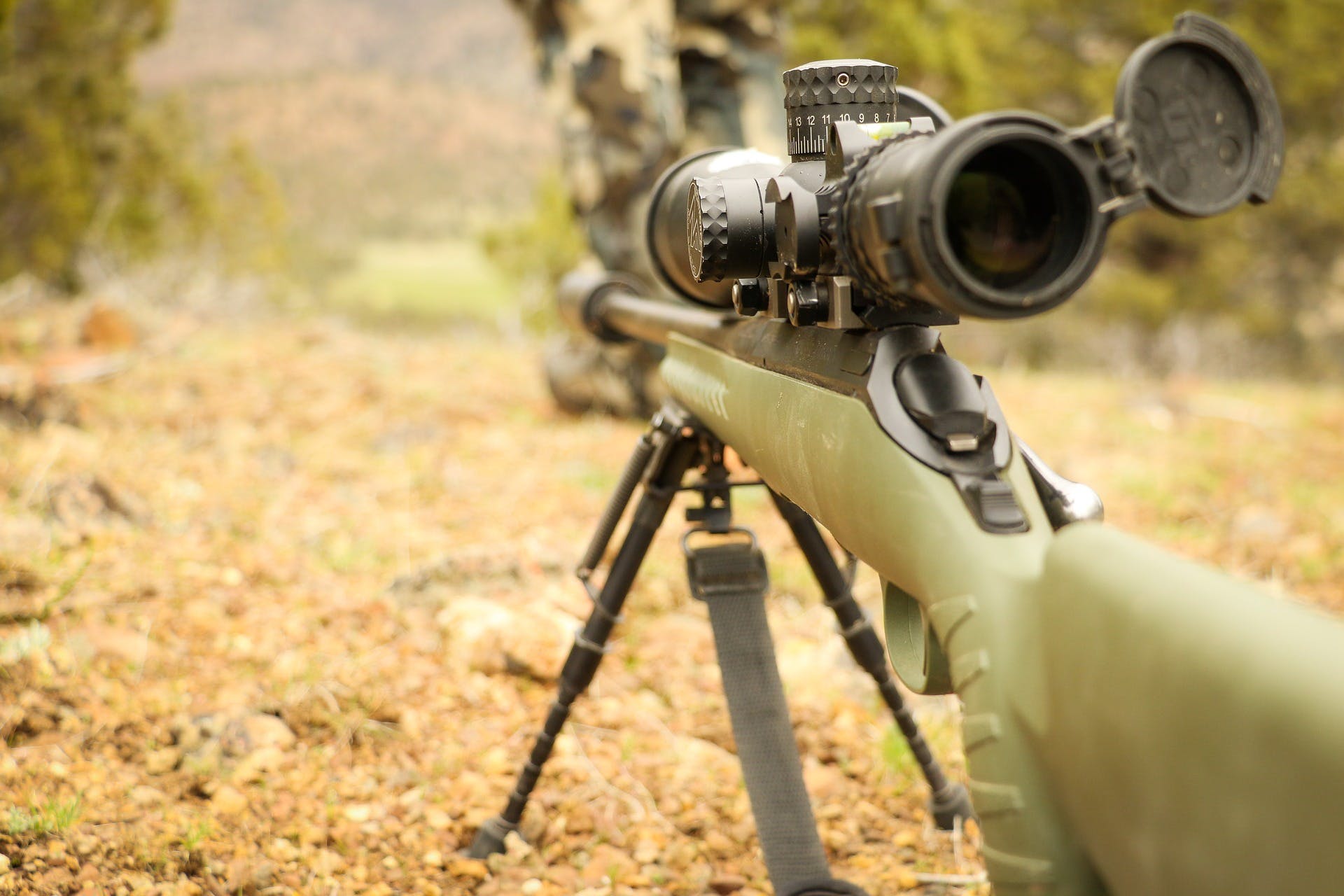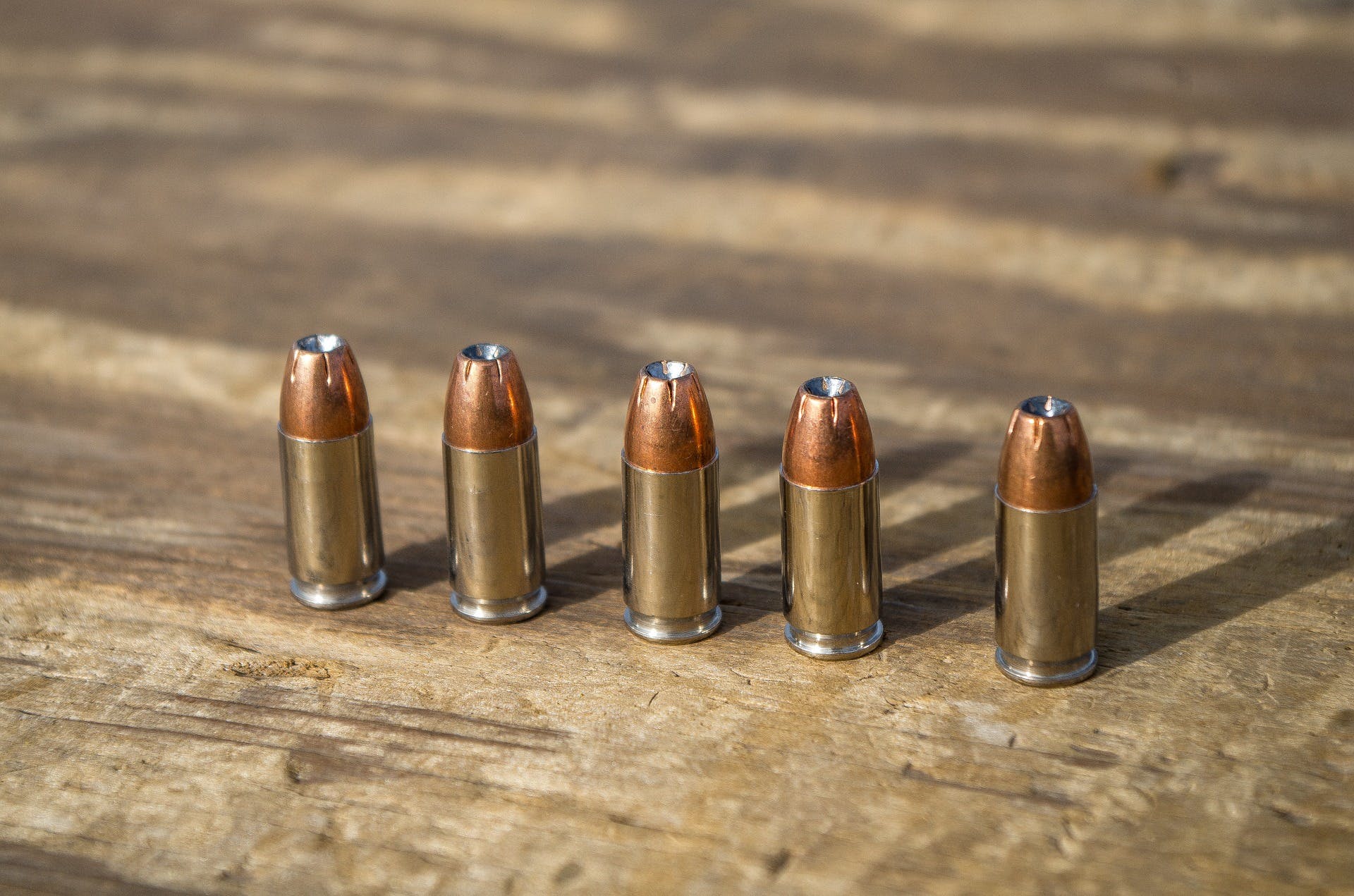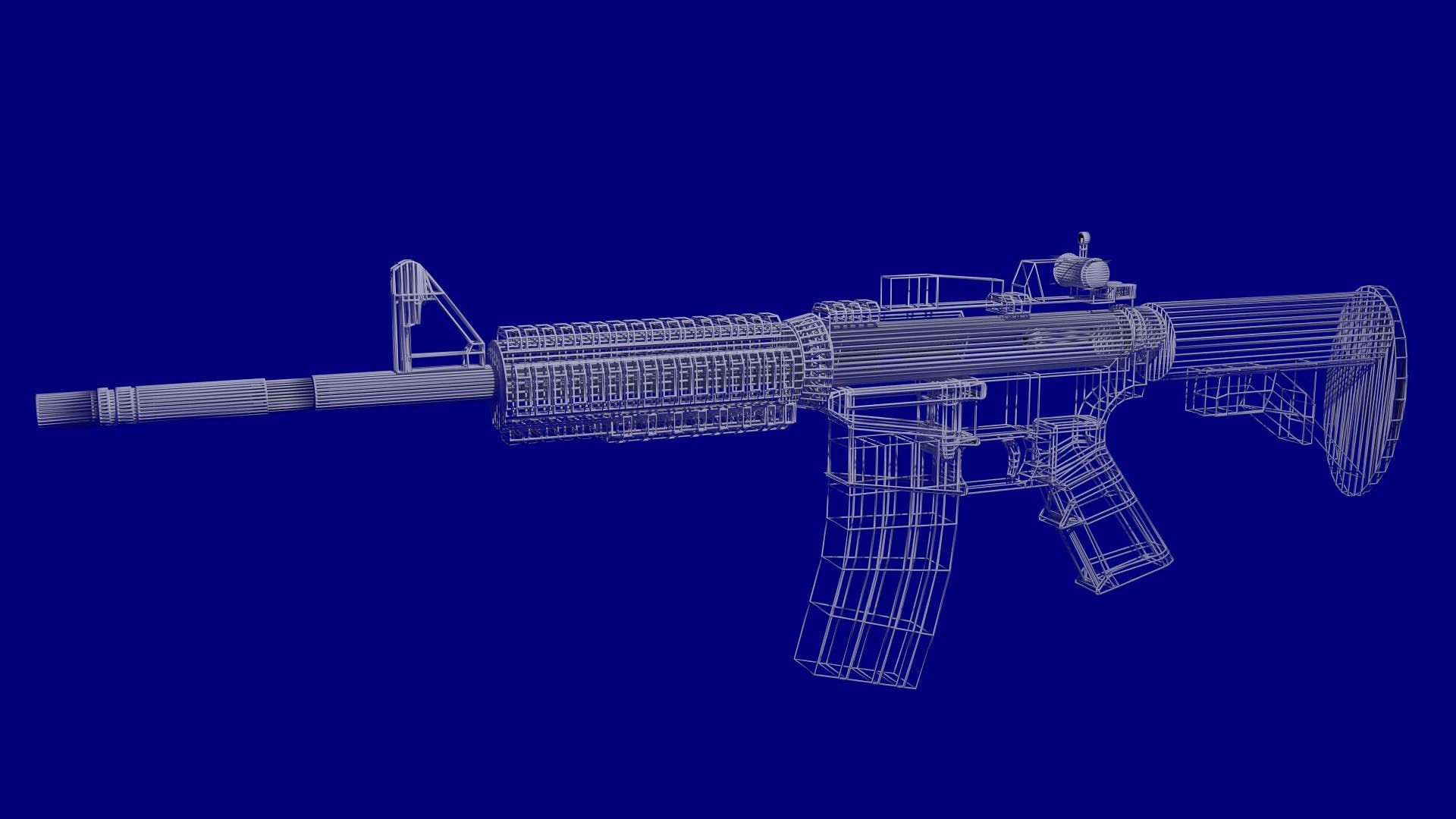Heat treatments are vital to the manufacturing of both firearms and their ammunition. Many gun parts require heat treatments as part of the manufacturing process. And for custom firearm manufacturers, these heat treatments are often outsourced. This outsourcing of a step of the manufacturing process can cause delays in the procurement of components, especially when it comes to smaller quantities. These delays are not what custom firearm manufacturers want to experience when demand is at an all-time high.
Why Firearms are Heat Treated

Firearms are made from a combination of metal and plastic components. Most metal alloy gun parts require heat treatment so that they can withstand the heat, pressure, stress, and wear that they deal with when used. The most important component within a gun from this perspective is the barrel. Without the heat treatment of these parts, firearms can fail in extreme ways that are life-threatening to those using them.
The importance of heat treating gun parts can only really be understood when you consider the highly variable conditions that they must perform under. Every time a shot is fired, the barrel experiences a significant internal pressure increase that it must contain. For a metal component to withstand variable pressures and stresses, it must be much stronger than if it had to withstand a high pressure consistently. To put this concept in perspective, consider a jackhammer breaking apart pavement. The jackhammer does not apply constant pressure to the pavement; it applies variable pressure to break the pavement apart by repeatedly striking it.
As with the pressures gun parts must contend with, the temperatures they must withstand are likewise variable. Gunpowder burns at around 5,000℉. So every time a shot is fired, there is a spike in temperature within the gun. And if the gun is fired repeatedly, the overall temperature of the barrel increases. In many systems, variable temperatures are what lead to damage such as cracking. And if the barrel of a firearm is cracked, that is a major safety hazard. Heat treatment can help components withstand such variable temperatures.
And lastly, the wear inside the barrel is easy to overlook. Every time a bullet travels down the barrel, it is wearing the interior rifling grooves. Heat treating metal components can help to improve their wear resistance, thus extending the lifespan of the part.
The Heat Treatment Process

There are multiple heat treatment processes that are used in the manufacture of gun parts. The primary three are annealing, tempering, and quenching. Annealing is used to relieve stresses built up in components during the machining process and can also be used to make metal easier to work.
Tempering is the heat treatment process that is used to toughen and strengthen steel alloys. This means that the component will be more wear-resistant and less brittle — two beneficial characteristics for a gun barrel to have. Because of this, it is arguably the most important heat treatment during the firearm manufacturing process.
Quenching refers to the rapid cooling of a heat-treated part directly after it is removed from the furnace. It is performed to lock in the beneficial qualities of the prior heat treatment process. For steels, oil is a common quench media, but other media are also used depending on the exact composition of the steel alloy. If you are in need of both a tempering furnace and quench tank, L&L manufactures specialty dual furnaces that feature both, streamlining the heat treatment process.
In-House Component Manufacturing

Now that we have established the importance of heat treatment in the manufacturing of gun components, you may understand why many manufacturers are bringing this step of the process in-house. If your order for heat-treated components is delayed, it can throw off your entire manufacturing schedule and cause orders to be shipped out to customers late. With factory closures due to the COVID-19 pandemic, many smaller, custom firearm manufacturers learned this the hard way in 2020. All it takes is for one link in your supply chain to fail for your business to begin feeling the financial pressure.
Another supply issue for custom manufacturers is that their orders for heat-treated parts are often much smaller than those of their mass-production competitors. In many cases, a facility that provides heat treatment services will prioritize the larger, more lucrative orders that are placed. This can lead to delays in smaller orders even when the facility is working at full capacity.
Manufacturing and heat treating all of your major components in-house solves these issues. You will be able to heat treat gun parts as needed without relying on a third party. And, while furnaces and quench tanks are costly upfront, you will save both time and money in the long run.
Conclusion
The heat treatment of steel alloy gun parts is vital to the manufacturing process of firearms. Heat treatment can relieve manufacturing stresses and both toughen and strengthen the metal. This leads components such as gun barrels to be able to withstand variable temperatures and pressures as well as wear. Annealing, tempering, and quenching are the treatment processes used to achieve these beneficial characteristics. With a furnace and quench tank of your own, your facility can stop relying on third parties for major portions of your manufacturing process.
L&L Special Furnace
At L&L Special Furnace, we strive to provide our customers with the best thermal equipment for the heat treatment processes they require. Most of our furnaces can be used in the manufacturing of firearms, from small lab/batch furnaces to large, atmosphere-controlled retort furnaces. Specifically, our QD, XLE, DV, and QT series furnaces are ideal for such applications. Contact us today for more information and help selecting the right furnace to meet your needs.
